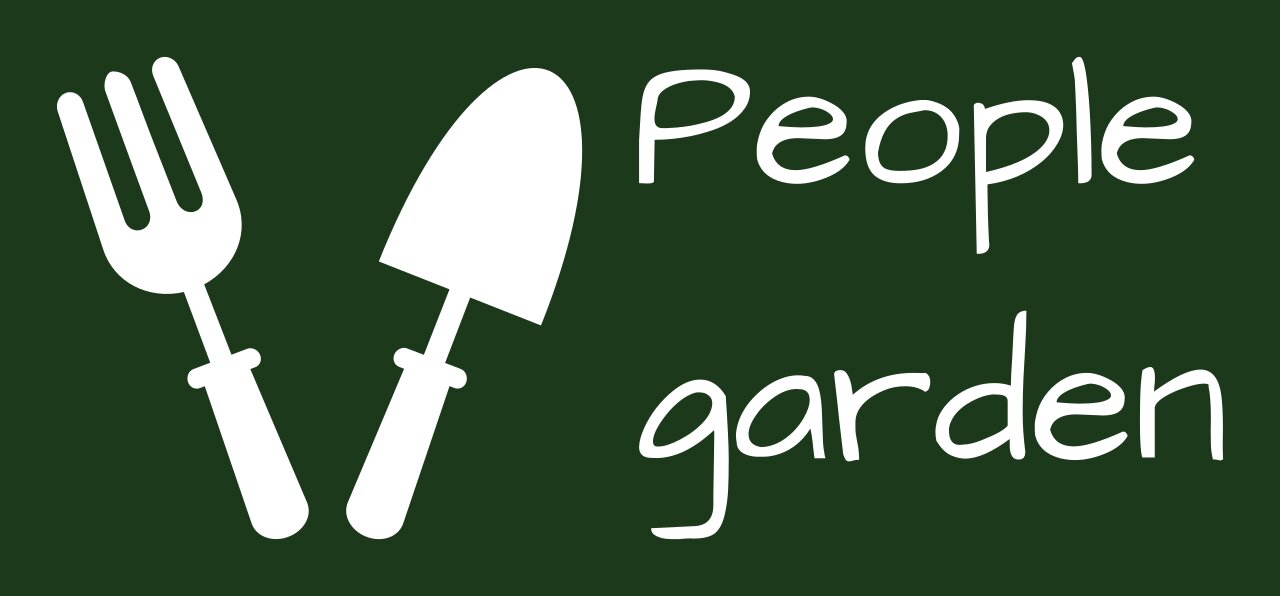Grow more flowers to harvest more food
Planting native flowers in a vegetable garden attract bees and yields healthier, more prosperous crops
We have all seen pollinators do their business with flowers. But how do they work in conjunction with the vegetable garden? Will the addition of flowers in the vegetable garden increase the crop yield? The answer is "yes", especially if you own flowers. More native flowers will lead to higher pollination bees and a healthier, higher food harvest.
A few bees do most of the work
"Pollination" refers to the movement of pollen in a flower or the transfer of pollen from one flower to another. The successful movement of pollen from one edible plant to another leads to fertilization and the development of whole-body fruits and potential seeds for future crops. Although pollinators include bees, birds, bats, and butterflies, bees do much of the work when pollinating vegetables. One out of every three pieces of food for human consumption depends on bee pollination. Some of the most important bee pollinators for the vegetable garden are bees, bumblebees, squash bees, and blueberry bees. But since not all edibles bloom at the same time, it is important for bees to have other food sources before the edible flowers appear. For example, if vegetable blooms are delayed due to weather or other conditions and the bees appear before flowering edible, the bees will die with nothing to eat (and fail to lay eggs for the next generation). That’s where planting native flowers come in.
Attach flowers to the vegetable bed design
Planting bee-attracting flowers will help fill in the gaps throughout the non-flowering and fruiting season for vegetables, provide food for the bees to survive, and attract more pollen to the vegetable garden. As more and more pollinators are attracted to the vegetable garden, more edible plants will be pollinated and give healthier yields. Scientists study how well the edible material is pollinated, in fact, by examining the number of fully formed seeds inside the fruit: if the plant parts are balanced, the edible is successfully pollinated; If the seeds are bent, it is not - because there was a lack of bee pollen.
To attract bees, start by creating a flowering chart. Choose your own flowers that will attract bees. List the months of the year at the top of the chart. Highlight the months in which each plant is expected to bloom, which will help ensure that the bees have full blooms.
If you are starting a bee garden, plant at least some mature perennials, rather than planting everything by seed. Mature plants attract bees immediately, while seeds can take one to three years to produce flowers.
Choose plants with exotic flowers. If you show the flower, the bees will be attracted to it. Similarly, the larger the group of flowers, the more attractive they will be to the bees. If the bees find their favorite plant, rub it in and stay in the area for several hours. Large clusters or clusters of flowers facilitate the bees' task because they are less likely to fly away from the source of the nectar and pollen.
Consider planting cuttings of native flowers in the middle of the vegetable garden and around the border. This will keep the pollinator close to your vegetable garden and increase pollination activity. If only a few flowers are planted near a vegetable garden, the bees will fly away from the vegetables in search of other food sources. Thus, there is a shortage of vegetable pollinators.
Provide protection for pollinators
Pollinators need water and shelter to survive. Not all bees live in the army; They can be nests or burrows or beehives. For example, squash bees build nests in the ground, so they lay the next generation of eggs in nests in the soil. For this reason, reconsider plowing the soil. Leaving the hive unattended will help ensure that the squash-bee eggs develop into adults and emerge to pollinate your crops next year. In addition, as much as possible, leave the bare sun land in your vegetable garden and invite the same land nests to build the house. These are for bees that build nests in the ground
Both are harmful. Our natural tendency is to keep the garden tidy, with little leaf litter, bare stems of the last few plants, or a few native types of grass to provide shelter for the bees.
Bees also need fresh, chemical-free water. Keep in mind that pesticides marketed to kill some insects will kill all pests, including beneficial bees. If you need to use pesticides, it is best to do this after the bees' busy working hours of 9am to 3pm. (Or in the morning for squash bees).
Bee pollen is essential for a taste
Successful vegetable garden. For that reason, it is important to plant a variety of flowers — especially native flowers — that will attract pollination in your vegetable garden to successfully pollinate all of your crops. In addition, it offers the added benefit of increasing the number of local flowers in your garden during the growing season.















0 Comments